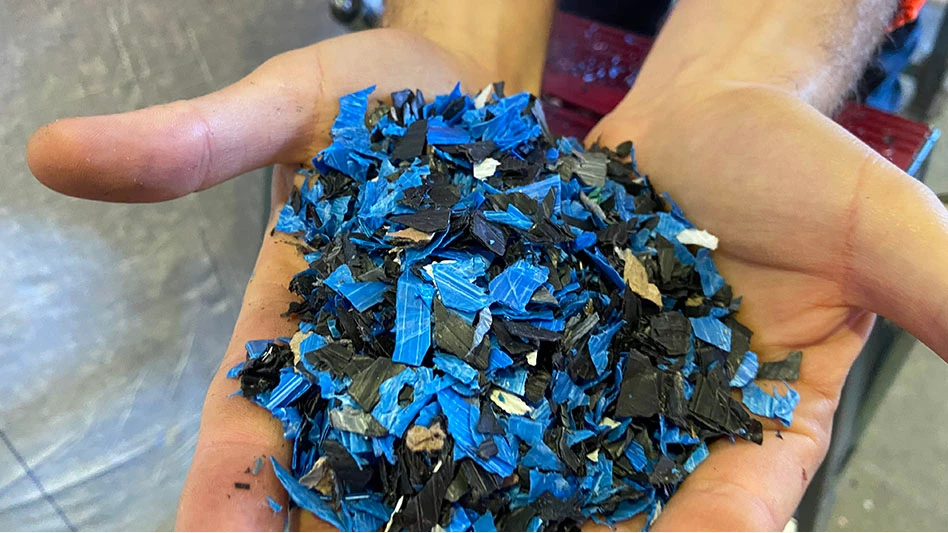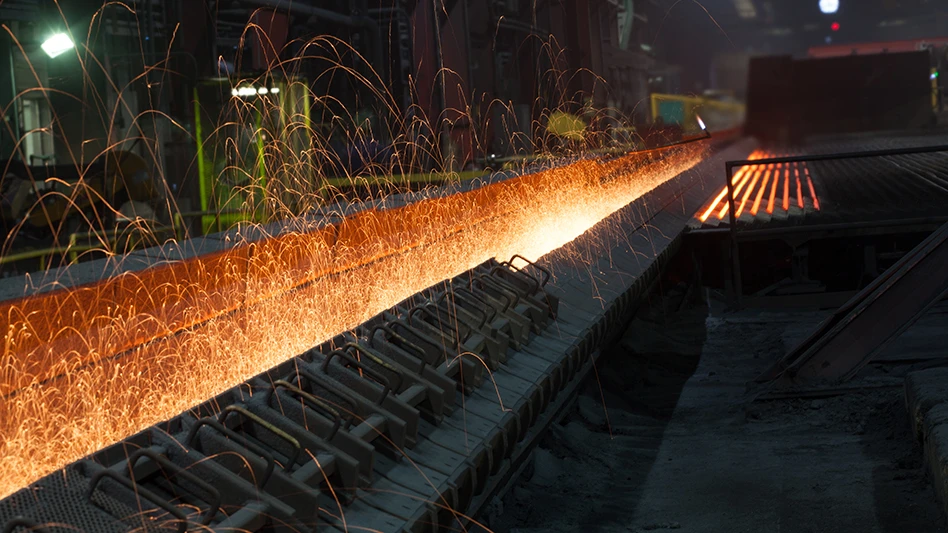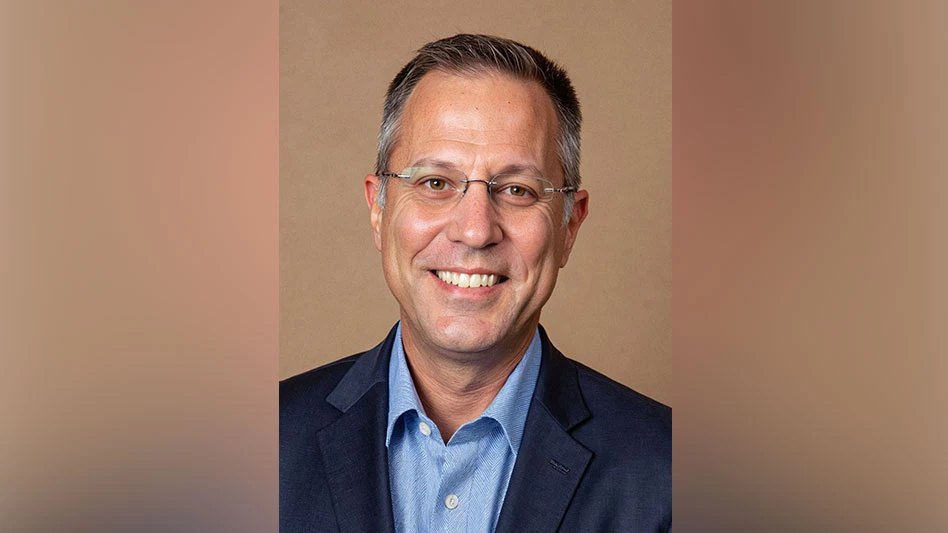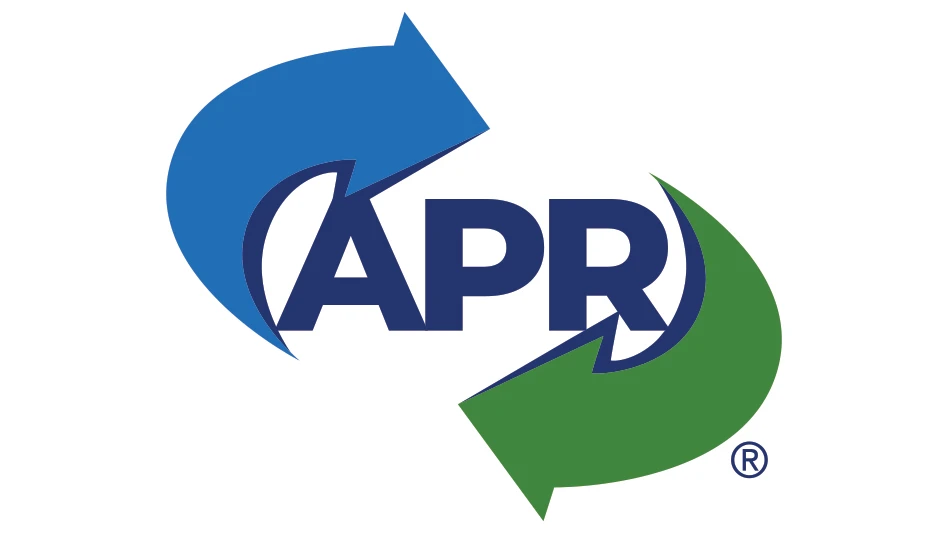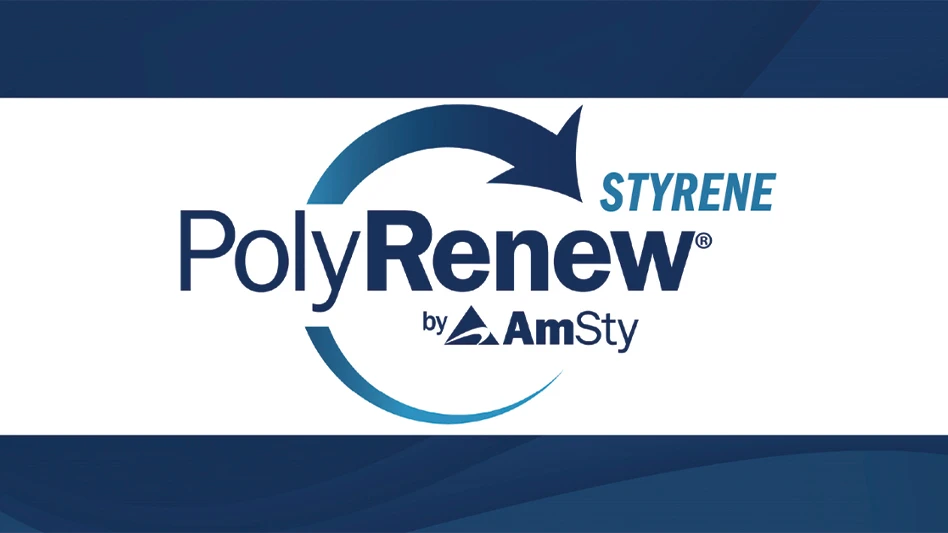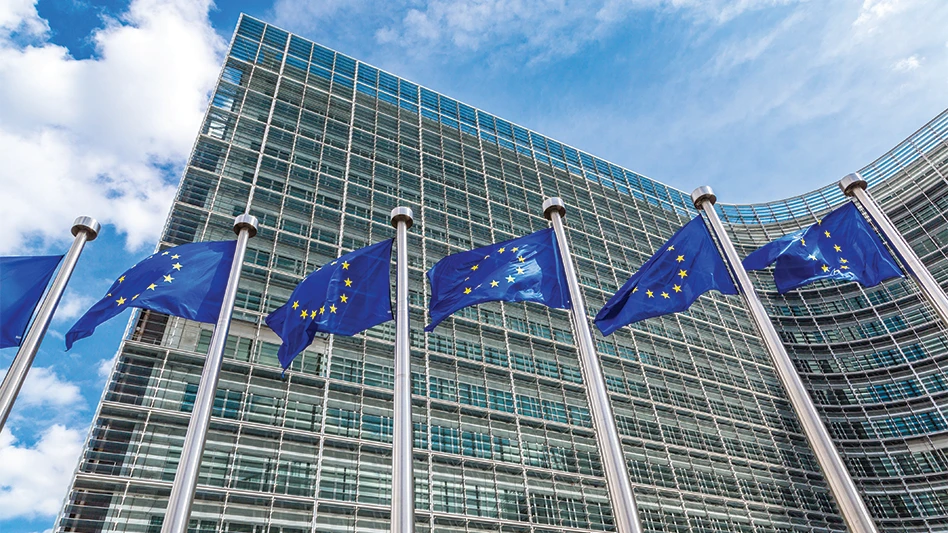Holli Alexander has a passion for the circular economy and the potential benefits it can bring the world. In her role as strategic initiatives manager, sustainability, for Eastman Chemical Co., headquartered in Kingsport, Tennessee, she plays a hands-on part in advancing those goals.
What are the biggest challenges to expanding the circular economy approach? We have to broaden our thinking. We need a more holistic infrastructure that includes both mechanical recycling and advanced recycling technologies so we can begin to expand recycling beyond the most common formats of the most common polymers. When mechanical (or traditional) recycling can be used, it should be, but we must close the gap because more than 85 percent of plastic that is produced doesn’t get recycled. We have advanced recycling technologies available today that can complement mechanical, but there are a couple of key opportunities to help these technologies really create the impact we need. First, many regulations and definitions of what counts as recycling technology and what counts as recycled material have not caught up to industry innovation. Second, we must start collecting more plastics, sorting them better and building end markets for advanced recycling. I believe there’s general awareness of the fact that we have a global plastic waste crisis, but there’s a lack of understanding that we have real solutions in front of us, solutions that work differently from traditional recycling but will enable us to solve the crisis through dramatic increases in recycling rates.
What role do you see for private industry versus government initiatives in the push to improve recycling efforts? I see each bringing something different to the table, complementing each other, and if you remove the contributions of either, the equation falls apart. It’s incumbent on private industry to bring innovation and new technology solutions forward. Industry needs to invest in new recycling solutions, and many companies are.
Private industry extends across the value chain, of course, from manufacturers to suppliers to brands, and there are clear signs that everyone wants to work toward a better system. Brands have made serious sustainability commitments that include percentages of recycled content in their products—they are serious about delivering sustainable solutions at the consumer level.
Ultimately, we need collaboration between private industry, policymakers and elected officials. We need public policy that takes a technology-neutral policy view of recycling, so it includes advanced recycling technologies. And we need to expand the recycling infrastructure, which will take a combination of incentives, mandates and investments to expand the types of materials that are collected and sorted. Smart EPR [extended producer responsibility] programs are an example of something that can work and work well. Eastman has recycled millions of pounds of carpet from California that would otherwise have gone to landfill, and a California EPR program for carpet was critical in making that project possible.
Where has the most progress been made? I’ll say, first, that from my vantage point, the most progress has been on the technology end. When it comes to recycling plastic, I’d say we are light years ahead of where the industry was as recently as two years ago. With a clear commitment from brands and others, the time is right for advanced recycling investment. There are so many new technologies that have launched and many more projects that are announced. Advanced recycling is now a key part of the recycling conversation. To that end, it’s been amazing seeing the progress that Eastman has made in such a short time. We’ve launched two molecular recycling technologies, Carbon Renewal Technology and Polyester Renewal Technology. Both technologies are operating at scale and have commercial products in the market. We’ve also made a significant announcement for an expansion of our Polyester Renewal Technology with a $250 million investment in a methanolysis plant in Kingsport, Tennessee, that will be starting up in 2023. We anticipate recycling over 250 million pounds of plastics in our molecular recycling technologies annually by 2025.
Second, I would say substantial progress has been made in more mainstream awareness of global challenges like the plastic waste crisis and climate change. And not just in the awareness that these challenges exist, but that the materials industry and the entire value chain is coming up with solutions. Those two challenges I mentioned are not unrelated, either. Regardless of the solutions we are pursuing, we all have to be sure that we don’t create additional problems when solving another one. Eastman’s molecular recycling technologies, for example, recycle hard-to-recycle plastics to keep them out of the landfill and they reduce our carbon footprint. Recognition of the problem is one thing—recognition of the problem and taking action to do something about it is another. We’re doing something about it.
Sponsored Content
Labor that Works
With 25 years of experience, Leadpoint delivers cost-effective workforce solutions tailored to your needs. We handle the recruiting, hiring, training, and onboarding to deliver stable, productive, and safety-focused teams. Our commitment to safety and quality ensures peace of mind with a reliable workforce that helps you achieve your goals.
Where is the most untapped promise for improvement? What are the major hurdles blocking that progress? That’s easy—recycling infrastructure. We’re all familiar with traditional curbside recycling. We’ve done it forever, and it works well, but only for a limited set of plastics. It’s challenging as a consumer. What goes in the bin? What doesn’t? And the last few years have shown many municipal programs reducing the materials they allow or even stopping collecting altogether. The plastics we can’t throw in the curbside bin generally just get tossed in the trash as if that plastic no longer has value. However, that plastic does have value: We can use it as material feedstock to keep more natural resources in the ground, we can reduce greenhouse gas emissions. None of that is possible if we simply discard it. As options for recycling expand, we also expand the types of plastics we can recycle. Now, we just need collaboration between the private and public sectors to work toward building an infrastructure where we are able to collect, sort and process more types of plastic.
What have been the most satisfying initiatives you’ve been involved with while working for Eastman? Our circular economy platform. The reason for that is … it reaffirms for me that I work for a company that walks the walk when it comes to sustainability. I’ve talked to so many people working on circular economy at Eastman who feel like they’re contributing to something bigger than themselves that could have a lasting, positive impact on the world. There’s a feeling we’re working on a game-changer. And then, outside Eastman, the many people and trade associations and professional groups that I connect with … there’s also a sense of connectedness in working toward solving one of those generational problems. Every week, I feel this sense of excitement and anticipation that we could find a way to make plastic waste a thing of the past.
Get curated news on YOUR industry.
Enter your email to receive our newsletters.
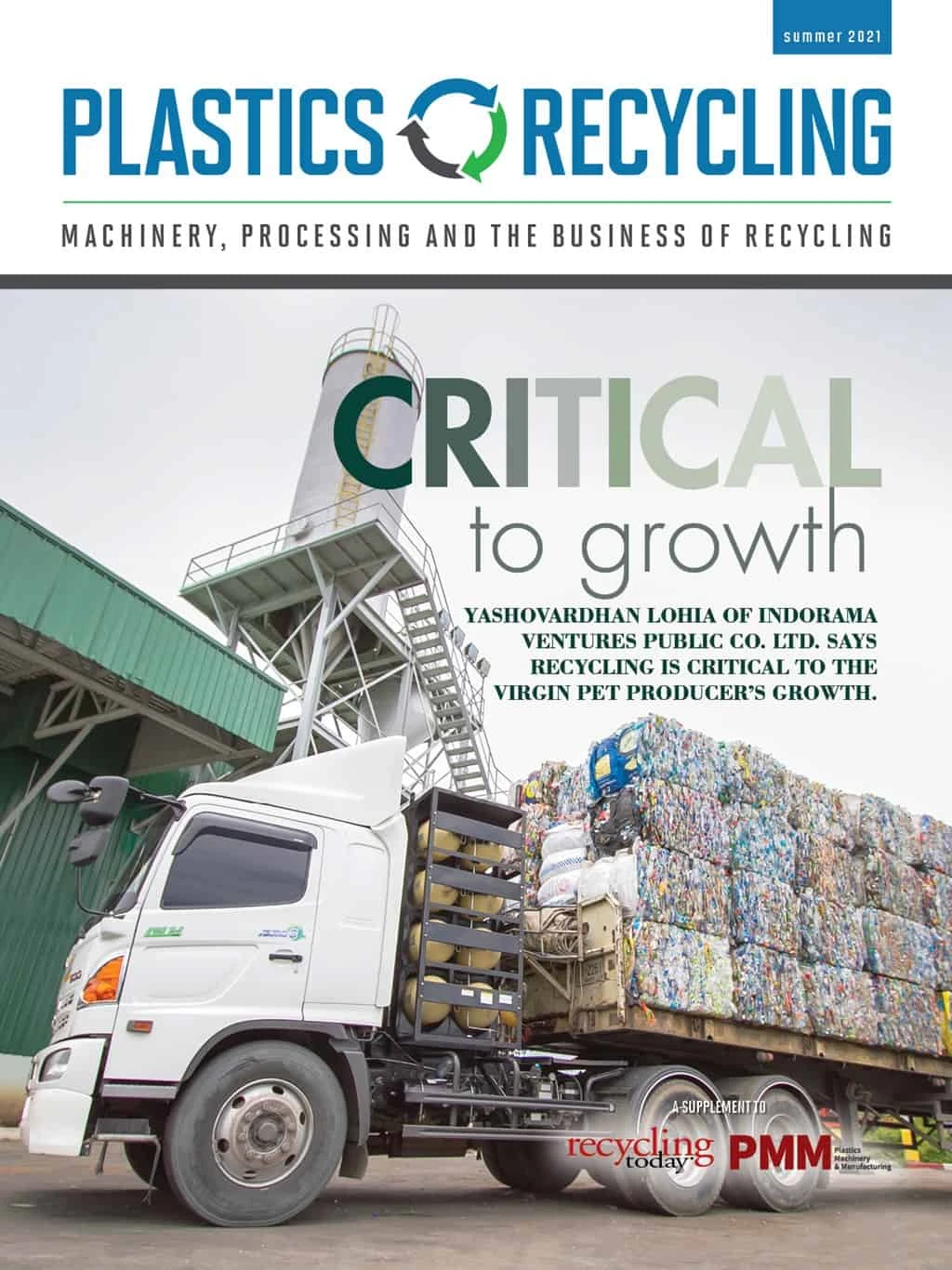
Explore the Summer 2021 Plastics Recycling Issue
Check out more from this issue and find your next story to read.
Latest from Recycling Today
- AF&PA report shows decrease in packaging paper shipments
- GreenMantra names new CEO
- Agilyx says Styrenyx technology reduces carbon footprint in styrene production
- SABIC’s Trucircle PE used for greenhouse roofing
- Hydro to add wire rod casthouse in Norway
- Hindalco to invest in copper, aluminum business in India
- Recycled steel price crosses $500 per ton threshold
- Smithers report looks at PCR plastic’s near-term prospects


